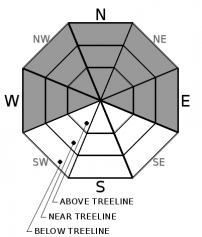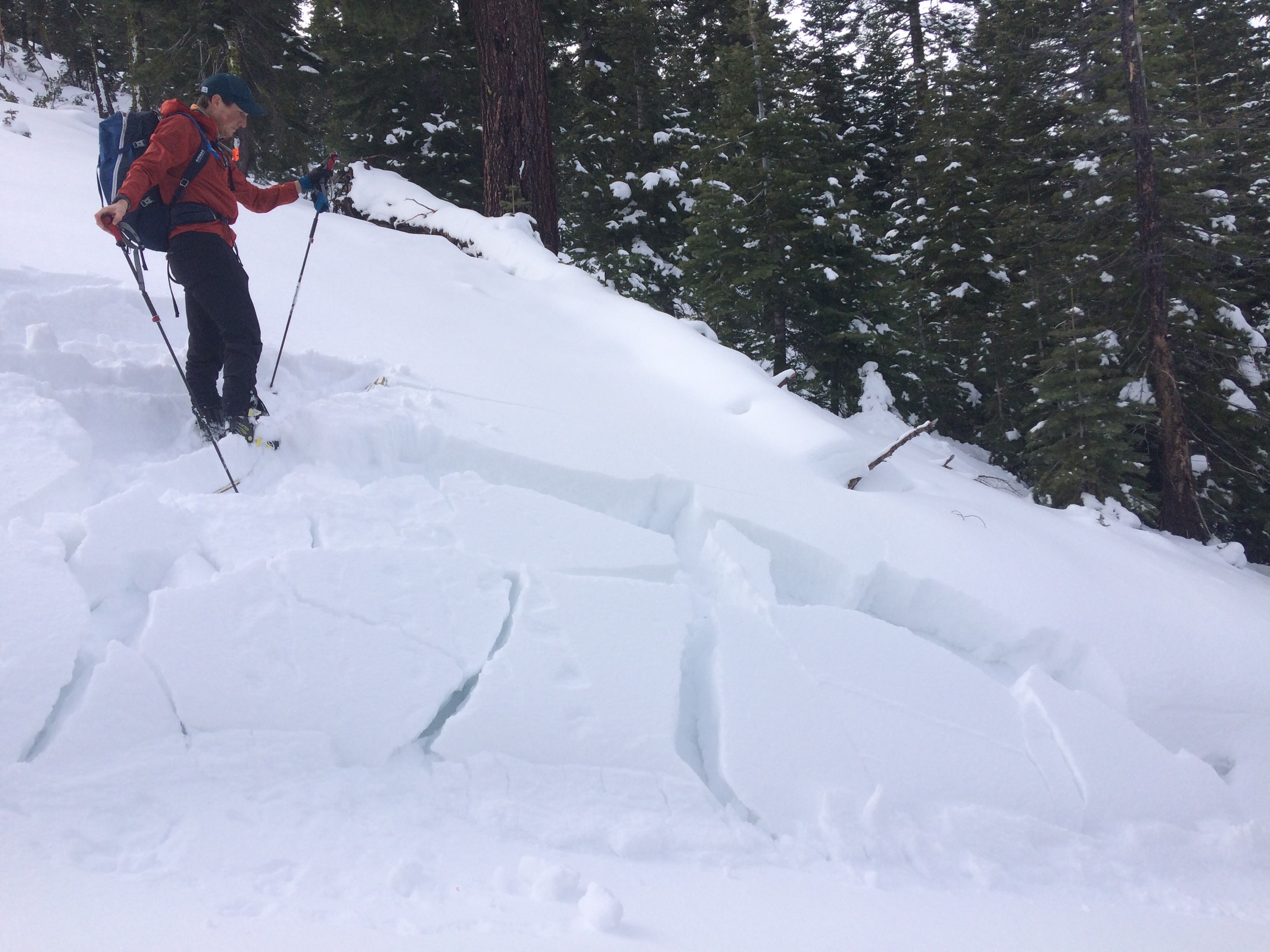| Saturday | Saturday Night | Sunday | |
|---|---|---|---|
| Weather: | Mostly cloudy. Snow levels below 7000 feet. Chance of precipitation is 5%. | Cloudy. Slight chance of snow showers after midnight. Snow levels below 7000 feet. Chance of precipitation is 20%. | Mostly cloudy. Snow levels below 7000 feet. Chance of precipitation is 10%. |
| Temperatures: | 33 to 38 deg. F. | 25 to 30 deg. F. | 36 to 41 deg. F. |
| Mid Slope Winds: | Southwest 15 to 20 mph with gusts to 40 mph. | Southwest around 15 mph with gusts to 40 mph. | Southwest around 15 mph with gusts to 40 mph in the morning becoming light. |
| Expected snowfall: | No accumulation. | SWE = none. | Up to 1 inch. | SWE = less than 0.10 inch. | Up to 1 inch. | SWE = none. |
| Saturday | Saturday Night | Sunday | |
|---|---|---|---|
| Weather: | Mostly cloudy. Snow levels below 7000 feet. Chance of precipitation is 5%. | Cloudy. Slight chance of snow showers after midnight. Snow levels below 7000 feet. Chance of precipitation is 15%. | Mostly cloudy. Snow levels below 7000 feet increasing to 7000 feet in the afternoon. Chance of precipitation is 10%. |
| Temperatures: | 29 to 34 deg. F. | 23 to 28 deg. F. | 32 to 38 deg. F. |
| Ridge Top Winds: | Southwest 15 to 30 mph. Gusts up to 55 mph decreasing to 45 mph in the afternoon. | Southwest 20 to 30 mph with gusts to 70 mph. | Southwest 15 to 30 mph with gusts to 60 mph. |
| Expected snowfall: | No accumulation. | SWE = none. | Up to 1 inch. | SWE = less than 0.10 inch. | Up to 1 inch. | SWE = none. |





















